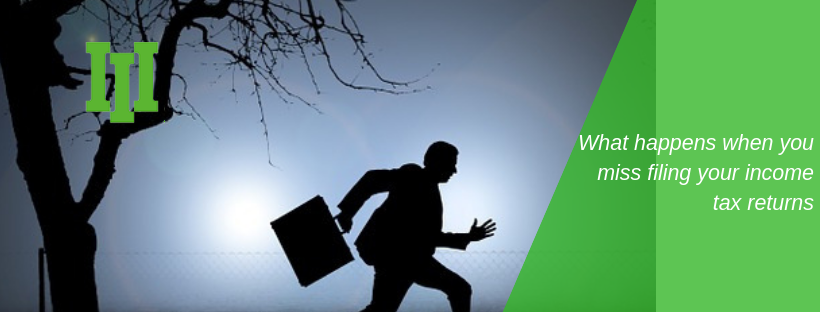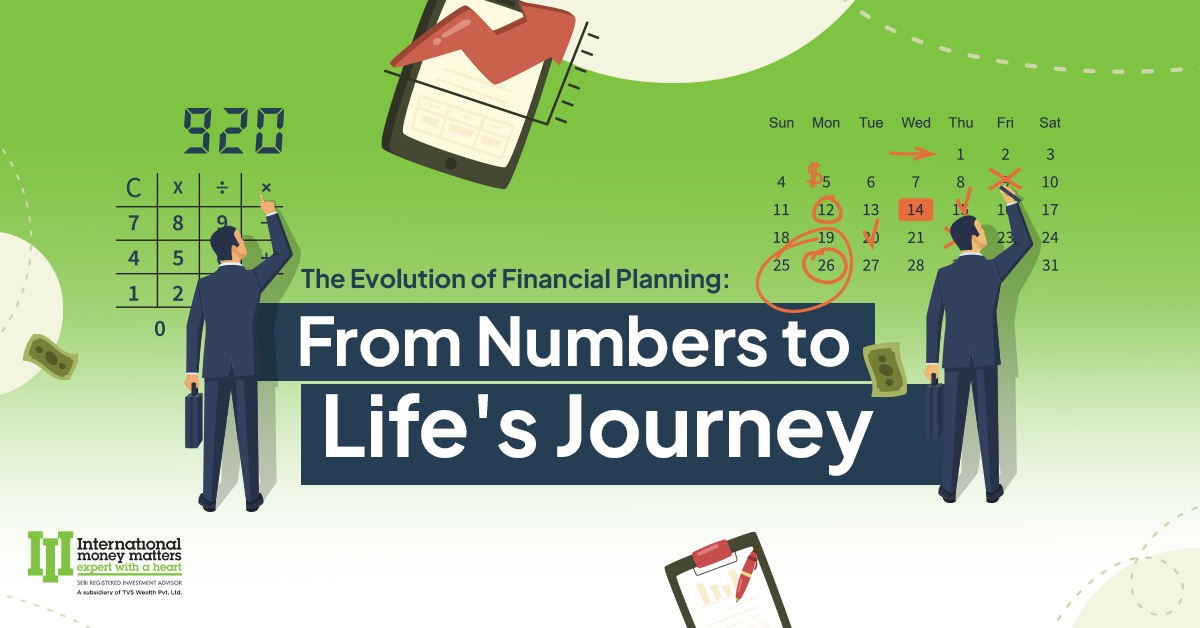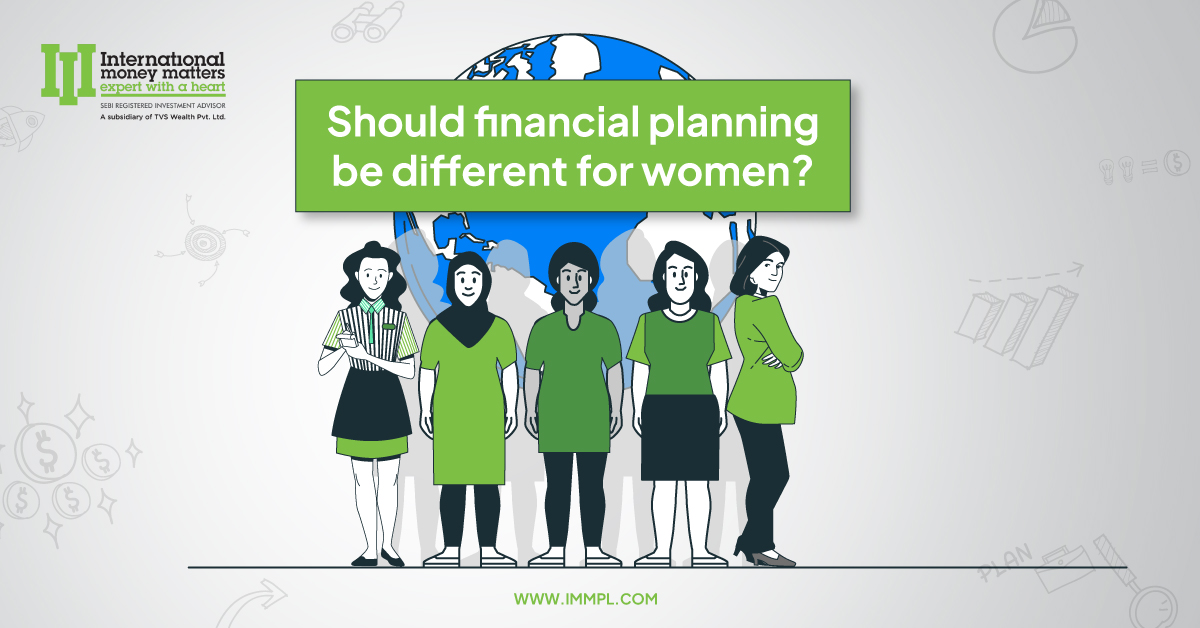SHARE
Life is full of surprises! We must always be prepared for the unexpected.
One way we do that is by setting aside money for an emergency fund. But how much should we set aside? Equivalent to three months? Six? Or more? Where should we invest?
The right answers would depend on the individual’s mindset, lifestyle and goals. Here are some factors to consider while starting an emergency fund.
How big?
Your job
The kind of job or profession you are in matters a lot. If you have niche skills and you are not living in the fear of being laid off, then you can probably look at a smaller emergency fund, equivalent to about three-six months’ of expenses. If there is a possibility of unexpected layoffs, you will need a bigger fund that can support you and your family longer.
Number of earning members
How many members of your family are earning? If there are multiple contributing members, then the emergency fund burden can be shared. If you are the only earner, the emergency fund ought to be more substantial.
Special Conditions
At times it’s just not only about the expenses but certain situations that may require higher emergency corpus. Like requirement of additional medical funds in case of aging parents, or if one has a special child. Another situation could be if one is starting a business, then the requirement has to be planned strategically.
Now that you have ascertained how big the fund should be, let us explore how to start and where to park your emergency fund.
How to start the emergency fund?
If there are already some funds available in savings account, FDs or liquid/short term debt mutual funds, then these assets can be mapped to the emergency fund requirements. If not, then one can start contributing to this fund every month. Set up an automated process, like issuing standing instructions to your bank. Always, save first and spend later. That will ensure that your emergency funds and other investments are covered before the money is spent.
Where to invest the emergency fund?
You would want the fund to be available immediately in an emergency. Choose assets/funds that provide moderate returns, carry a low risk, are easily accessible and have easy liquidity.
Setting up an emergency fund is an integral part of your financial planning. If you haven’t started already, please start one (or more for different situations) immediately. Consult a financial planner who can give you personalised advice based on your situation.
Start your personal wealth journey with us today!

Plan to Maximize Your Retirement Years
October 4, 20180 Comments
Leave a Reply
- 2019
- 2020
- Awards
- Banking
- Budget
- Cashflow Management
- CORPORATE
- Corporate Wellness
- Couple
- Cross Border Financial Planning
- Dreams
- FAQ
- FINANCE
- Financial Goal
- Financial Planning
- FINANCIAL TRANSITIONS
- FINANCIAL WELLNESS
- Goals
- Holidaying
- Housing
- Insurance
- Investment
- Market
- Money
- Mutual Funds
- NRI
- Portfolio
- Real Estate
- Retirement
- Risk Management
- Rupee
- Succession Plan
- Tax Planning
- Tax Return
- Technology
- Wealth Management
- Women
Categories
Life is full of surprises! We must always be prepared for the unexpected.
One way we do that is by setting aside money for an emergency fund. But how much should we set aside? Equivalent to three months? Six? Or more? Where should we invest?
The right answers would depend on the individual’s mindset, lifestyle and goals. Here are some factors to consider while starting an emergency fund.
How big?
Your job
The kind of job or profession you are in matters a lot. If you have niche skills and you are not living in the fear of being laid off, then you can probably look at a smaller emergency fund, equivalent to about three-six months’ of expenses. If there is a possibility of unexpected layoffs, you will need a bigger fund that can support you and your family longer.
Number of earning members
How many members of your family are earning? If there are multiple contributing members, then the emergency fund burden can be shared. If you are the only earner, the emergency fund ought to be more substantial.
Special Conditions
At times it’s just not only about the expenses but certain situations that may require higher emergency corpus. Like requirement of additional medical funds in case of aging parents, or if one has a special child. Another situation could be if one is starting a business, then the requirement has to be planned strategically.
Now that you have ascertained how big the fund should be, let us explore how to start and where to park your emergency fund.
How to start the emergency fund?
If there are already some funds available in savings account, FDs or liquid/short term debt mutual funds, then these assets can be mapped to the emergency fund requirements. If not, then one can start contributing to this fund every month. Set up an automated process, like issuing standing instructions to your bank. Always, save first and spend later. That will ensure that your emergency funds and other investments are covered before the money is spent.
Where to invest the emergency fund?
You would want the fund to be available immediately in an emergency. Choose assets/funds that provide moderate returns, carry a low risk, are easily accessible and have easy liquidity.
Setting up an emergency fund is an integral part of your financial planning. If you haven’t started already, please start one (or more for different situations) immediately. Consult a financial planner who can give you personalised advice based on your situation.
Start your personal wealth journey with us today!
0 Comments












0 Comments